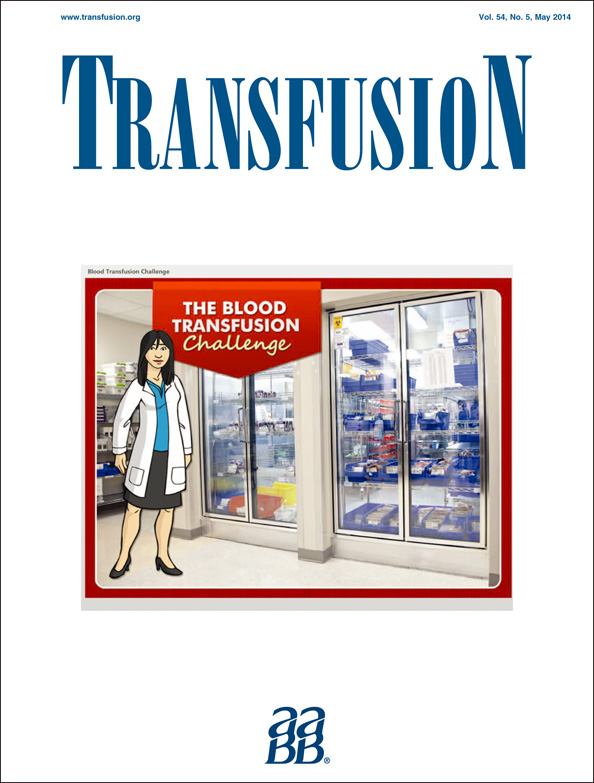Paired analysis of plasma proteins and coagulant capacity after treatment with three methods of pathogen reduction
Abstract
Background
The effect of photochemical pathogen reduction (PR) methods on plasma quality has been the subject of several reports but solid comparative data for the different technologies are lacking.
Study Design and Methods
Plasma (n = 24) photoinactivated with methylene blue (MB), riboflavin (RF), or amotosalen (AS) was compared using a pool-and-split design. Samples were taken before and after treatment with each method and tested for coagulation factors (fibrinogen, Factor [F] II, FV, FVIII, F IX, FXI), natural coagulation inhibitors (Protein C [PC], protein S [PS], antithrombin III [AT]), prothrombin time (PT), activated partial thromboplastin time (APTT), and thrombin generation (TG). The three methods were mutually compared by repeated-measures analysis of variance.
Results
All three PR methods cause significant reduction (p < 0.01) of activity of the procoagulant proteins fibrinogen, FII, FV, FVIII, F IX, and FXI. Coagulation is also affected, with significant changes in PT, APTT, and TG. RF treatment causes a significantly higher decrease in concentration of coagulation factors, PS, and AT than the other methods (p < 0.01). PT, APTT, and TG are also affected most by RF treatment. FII, FVIII, F IX, PC, AT, and PT are best preserved with the MB method and FV, FXI, and TG after AS treatment (p < 0.01). Coagulation factor loss due to the volume loss during PR treatment is more important for MB and AS than for RF.
Conclusion
PR treatment of plasma affects coagulation proteins and coagulant capacity. For the RF method this effect is most pronounced, although to some extent compensated by a smaller volume loss.




